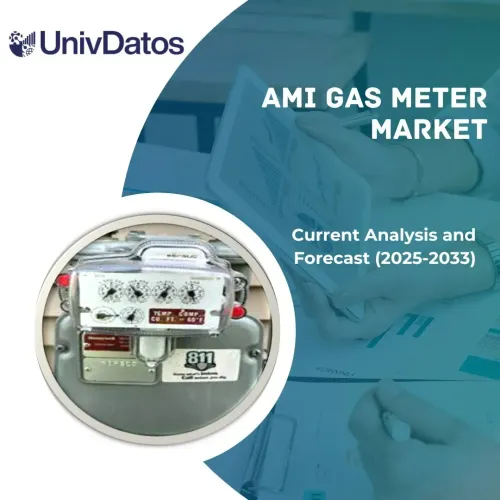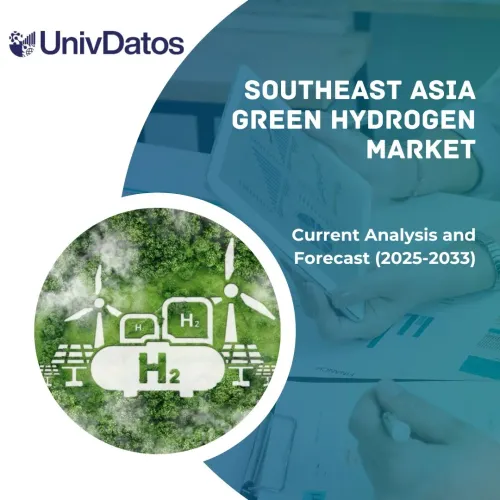- Home
- About Us
- Industry
- Services
- Reading
- Contact Us
India Green Ammonia Market: Current Analysis and Forecast (2024-2032)
Emphasis on Technology (Alkaline Water Electrolysis, Proton Exchange Membrane Electrolysis, and Solid Oxide Electrolysis); and End User (Transportation, Power Generation, Industrial Feedstock, and Others)
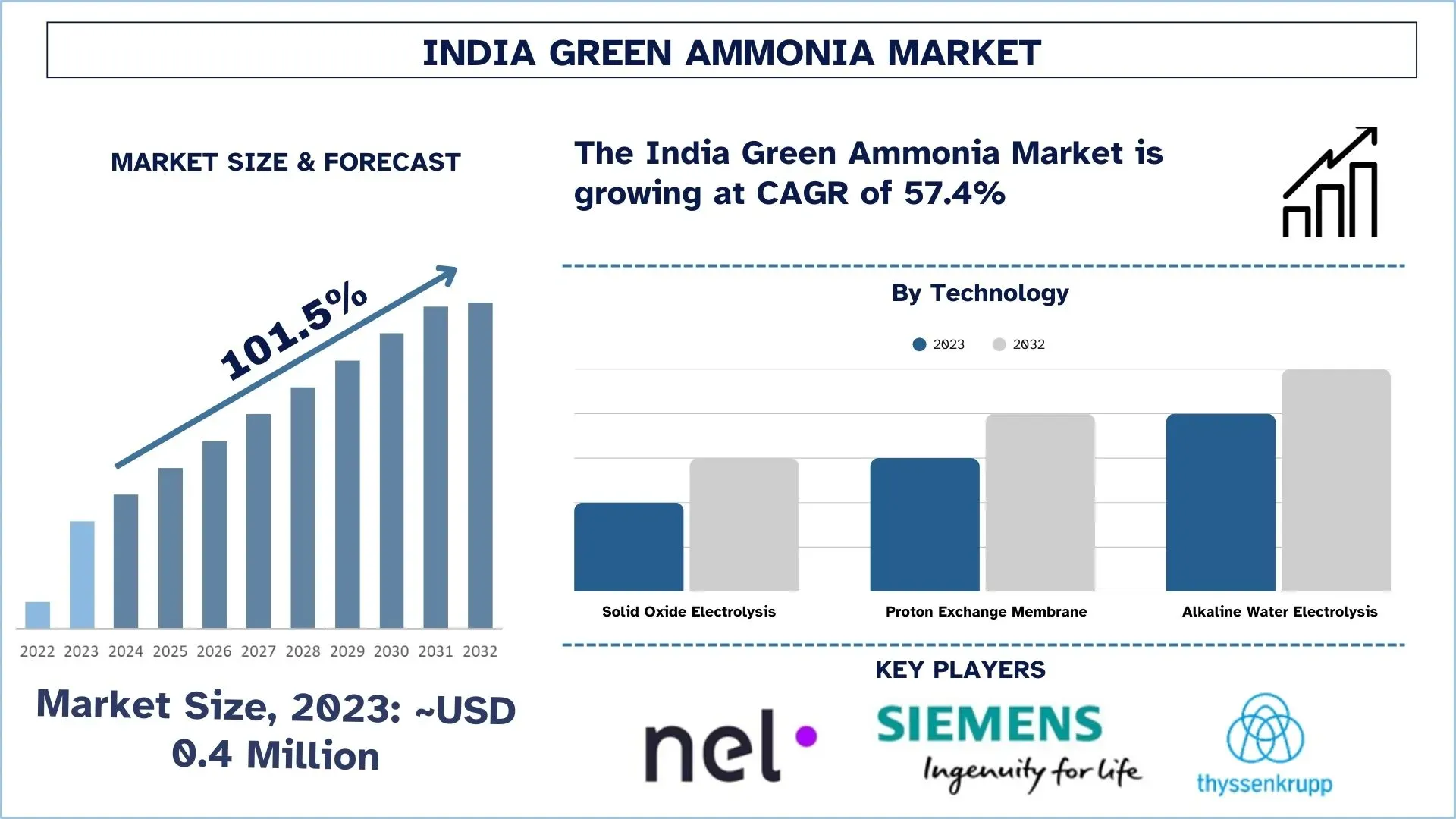
India Green Ammonia Market Size & Forecast
The India Green Ammonia Market was valued at USD 0.4 Million and is expected to grow at a robust CAGR of around 101.5% during the forecast period (2024-2032), owing to rising investment in renewable energy.
India Green Ammonia Market Analysis
India’s green ammonia market is currently in the nascent stages of development. In addition, there are no demand-side mandates to support its uptake. Catalyzing the development of the green ammonia market can help accelerate India’s decarbonization and enable it to achieve its energy independence goals. Therefore, demand for green ammonia would initially be driven by supportive government policies and technological adoption. In August 2021, India announced the National Hydrogen Mission, a key pillar of its government’s plan for India to achieve energy independence within 25 years. India spends USD 164 billion annually to meet its energy requirements, with the vast majority spent on oil, gas, and coal imports. Further, India is taking steps towards achieving its goal of net-zero carbon emissions by 2070 by emphasizing Green Hydrogen as a potential solution. The country recently announced its Green Hydrogen Policy, which is expected to boost the sector significantly.
India Green Ammonia Market Trends
This section discusses the key market trends influencing the various segments of India's Green Ammonia, as identified by our research experts.
Growing Consumption of Fertilizers
The global population is proliferating; therefore, there is a need to increase agricultural production to fulfill the food requirements of the growing population. The use of chemical fertilizers to enhance agricultural production has become a widespread practice across the globe. Furthermore, demand for organic and environmentally friendly fertilizers is also rising. Organic fertilizers are formulated with natural plant residues and waste, animal manures & excreta, micro-organisms, and botanical extracts to enhance agricultural production. Therefore, factors such as the growing need to increase farm output and awareness about the harmful effects of chemical inputs and the benefits of organic fertilizers augment the consumption of various environment-friendly fertilizers.
India Green Ammonia Industry Segmentation
This section provides an analysis of the key trends in each segment of the India green ammonia market report, along with forecasts at the regional levels for 2024-2032
The Alkaline Water Electrolysis Market Dominates the India Green Ammonia Market
Based on technology, the market is divided into alkaline water electrolysis, proton exchange membrane, and solid oxide electrolysis. Among these, the alkaline water electrolysis dominated the green ammonia and is expected to show the same trend in the forecast period. Alkaline water electrolysis is one of the most common types of technologies used to split water into the gases hydrogen and oxygen, which uses a potassium hydroxide (KOH) solution and a nickel cathode and has been the most widely adopted method for producing green ammonia due to its simplicity, maturity, and cost-effectiveness. The considerable supply of KOH and the established supplier network for this chemical decreased production prices and improved scalability. While other electrolysis techniques, which include proton exchange membrane (PEM) and solid oxide electrolysis (SOE), show promise, they face challenges regarding higher operating temperatures, corrosion resistance, and scaling troubles, which preclude their massive adoption.
The Industrial Feedstock Market Dominates the India Green Ammonia Market
Based on end-users, the market is segmented into industrial feedstock, power generation, transportation, etc. Among these, the industrial feedstock segment dominated the market in 2023 and is expected to dominate during the forecast period. Industrial feedstock, typically derived from natural gas, provides a well-set supply chain and infrastructure, making it less complicated to scale up production and meet the high needs of various industries. Moreover, the central role of ammonia is as the primary feedstock for inorganic fertilizers that currently support food production for around half of the world’s population. Around 70% of ammonia is used to make fertilizers, with the remainder used for a wide range of industrial applications, such as plastics, explosives, and synthetic fibers. Secondly, the price of manufacturing green ammonia from industrial feedstock is typically lower compared to different renewable sources, including biomass or solar power, making it more economically feasible for mass production.
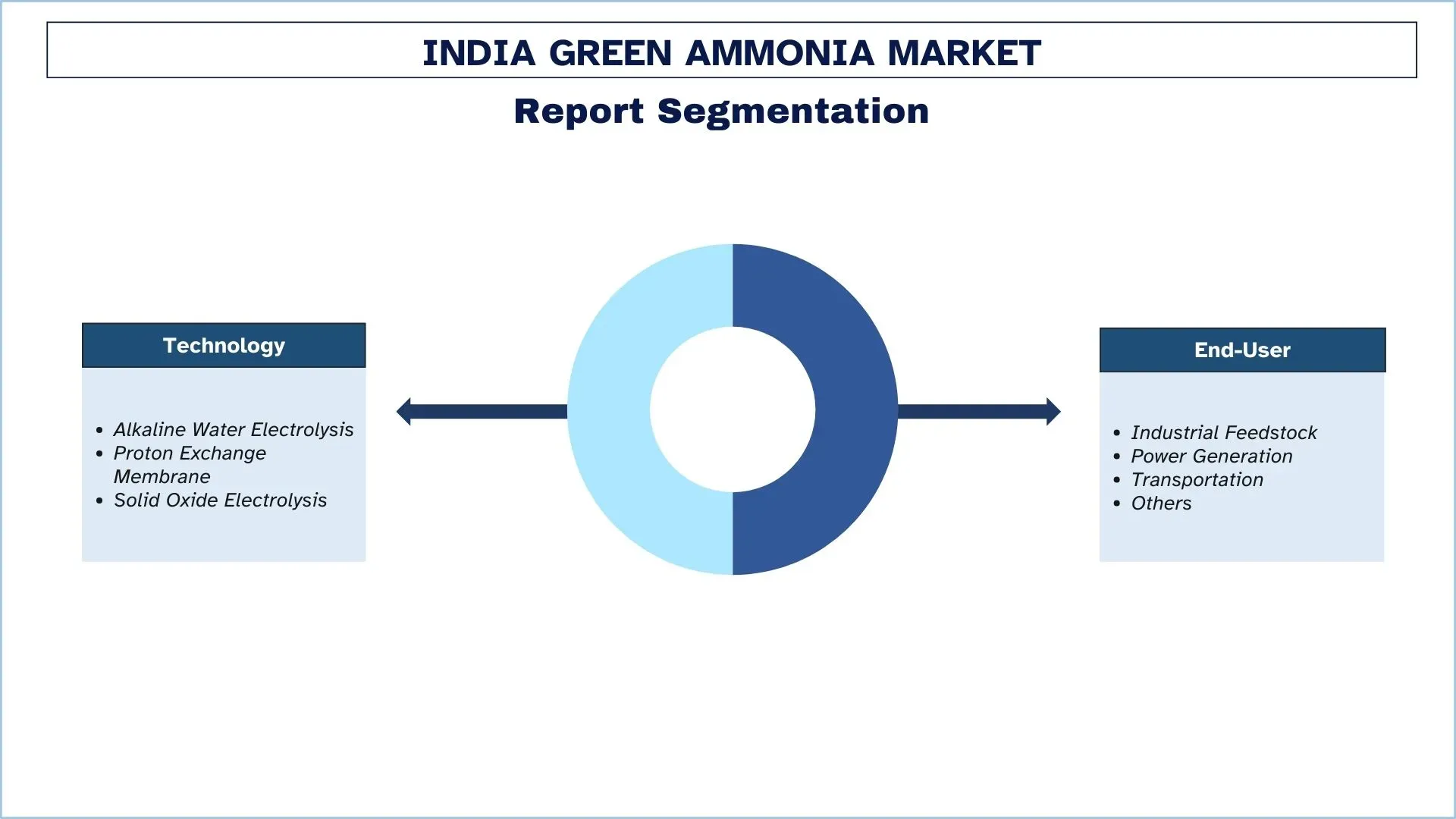
North India is Expected to Grow with a Significant CAGR During the Forecast Period
The North India Green Ammonia market is developing at a fast pace due to rising clean energy government support as well as increasing demand for sustainable fertilizers and developing hydrogen infrastructure in the region. The states of Punjab and Haryana, together with Uttar Pradesh, have established themselves as major centers because these regions combine strong agricultural foundations with active programs to reduce their carbon footprint. The expansion of the North Indian renewable-powered ammonia market occurs through investments in renewable energy-based ammonia manufacturing and partnerships between energy companies and government policy leaders. The North Indian region stands to become essential in India’s movement toward a low-carbon economy following the National Green Hydrogen Mission’s advocacy for green ammonia as an energy transport medium.
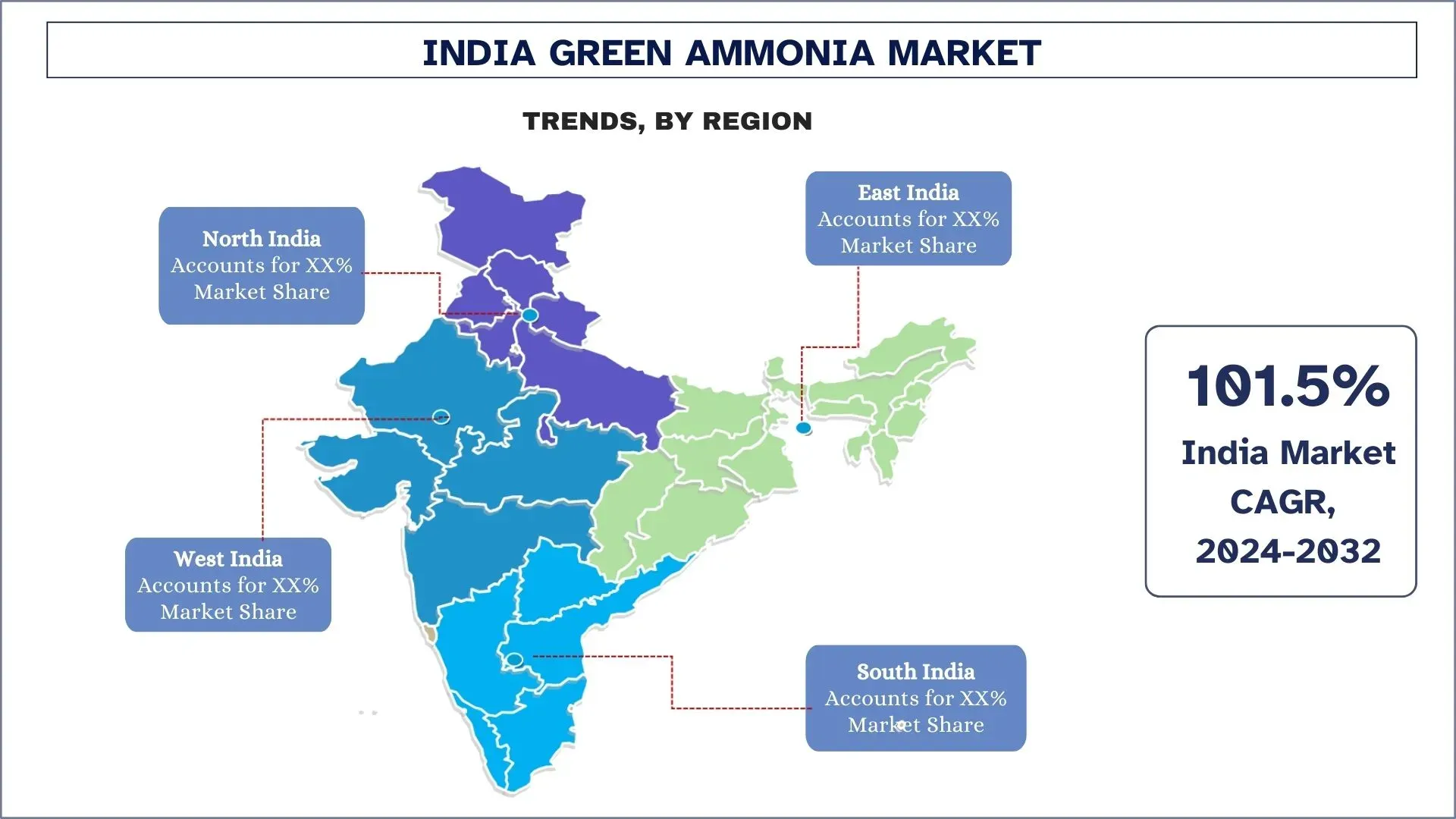
India Green Ammonia Industry Overview
India Green Ammonia is competitive and fragmented, with several players. The key players are adopting different growth strategies to enhance their market presence, such as partnerships, agreements, collaborations, new product launches, geographical expansions, and mergers and acquisitions. Some of the major players operating in the market are Siemens, ThyssenKrupp, Nel Hydrogen, Indian Oil Corporation Ltd, MAN Energy Solutions, Uniper, BASF, Enapter, ENGIE, Adani Group, BASF, Enaex SA, and JGC Holding Corporation.
India Green Ammonia Market News
- March 2024: An Indian state approves more than $2bn in investment in two new green hydrogen-based ammonia plants. Odisha in eastern India has approved two investment proposals worth 188.1 billion rupees ($2.27bn).
- January 2024: India's ACME and Japanese heavy industry group IHI have signed an offtake term sheet to supply green ammonia from Odisha, India, to Japan. The agreement is for the long-term supply of 400,000 mt/year of renewables-derived ammonia from Phase 1 of the Odisha project in Gopalpur, India's Ministry of New and Renewable Energy said in a statement.
India Green Ammonia Market Report Coverage
Report Attribute | Details |
Base year | 2023 |
Forecast period | 2024-2032 |
Growth momentum | Accelerate at a CAGR of 101.5% |
Market size 2023 | USD 0.4 million |
Companies profiled | Siemens, Thyssenkrupp, Nel Hydrogen, Indian Oil Corporation Ltd, MAN Energy Solutions, Uniper, BASF, Enapter, ENGIE, Adani Group, BASF, Enaex SA, and JGC Holding Corporation |
Report Scope | Market Trends, Drivers, and Restraints; Revenue Estimation and Forecast; Segmentation Analysis; Demand and Supply Side Analysis; Competitive Landscape; Company Profiling |
Segments Covered | By Technology and By End-User |
Reasons to buy India Green Ammonia Market report:
- The study includes market sizing and forecasting analysis validated by authenticated vital industry experts.
- The report briefly reviews overall industry performance at a glance.
- The report covers an in-depth analysis of prominent industry peers, primarily focusing on key business financials, product portfolios, expansion strategies, and recent developments.
- Detailed examination of drivers, restraints, key trends, and opportunities prevailing in the industry.
- The study comprehensively covers the market across different segments.
- Deep dive regional-level analysis of the industry.
Customization Options:
The India Green Ammonia Market can be customized per the requirement or any other market segment. Besides this, UMI understands that you may have your own business needs; hence, feel free to connect with us to get a report that completely suits your requirements.
Table of Content
Research Methodology for the India Green Ammonia Analysis (2024-2032)
We analyzed the historical market, estimated the current market, and forecasted the future market of the India Green Ammonia market to assess its application in major regions worldwide. We conducted exhaustive secondary research to gather historical market data and estimate the current market size. To validate these insights, we carefully reviewed numerous findings and assumptions. Additionally, we conducted in-depth primary interviews with industry experts across the Green Ammonia value chain. After validating market figures through these interviews, we used both top-down and bottom-up approaches to forecast the overall market size. We then employed market breakdown and data triangulation methods to estimate and analyze the market size of industry segments and sub-segments.
Market Engineering
We employed data triangulation techniques to finalize the overall market estimation and derive precise statistical numbers for each segment and sub-segment of the India Green Ammonia market. We split the data into several segments and sub-segments by analyzing various parameters and trends, including technology, end-user, and regions within the India Green Ammonia market.
The main objective of the India Green Ammonia Market Study
The study identifies current and future trends in the India Green Ammonia market, providing strategic insights for investors. It highlights regional market attractiveness, enabling industry participants to tap into untapped markets and gain a first-mover advantage. Other quantitative goals of the studies include:
- Market Size Analysis: Assess the current and forecast market size of the India Green Ammonia market and its segments in terms of value (USD).
- Green Ammonia Market Segmentation: Segments in the study include areas of technology, end-user, and regions.
- Regulatory Framework & Value Chain Analysis: Examine the regulatory framework, value chain, customer behavior, and competitive landscape of the Green Ammonia industry.
- Regional Analysis: Conduct detailed regional analysis for key areas such as Asia Pacific, Europe, North America, and the Rest of the World.
Company Profiles & Growth Strategies: Company profiles of the Green Ammonia market and the growth strategies adopted by the market players to sustain the fast-growing market.
Frequently Asked Questions FAQs
Q1: What is India Green Ammonia's current market size and growth potential?
The India green ammonia market was valued at USD 0.4 million in 2023 and is expected to grow at an impressive CAGR of 101.5% from 2024 to 2032, driven by renewable energy expansion and policy support.
Q2: What are the driving factors for the growth of India's Green Ammonia?
Increasing investments in renewable energy, government incentives, and rising awareness of carbon emissions reduction are major drivers accelerating India's green ammonia market.
Q3: Which segment has the largest share of India's Green Ammonia by Technology?
The Alkaline Water Electrolysis Market dominates the market, owing to its cost efficiency and scalability in large-scale hydrogen production.
Q4: What are the emerging technologies and trends in India's Green Ammonia?
Key trends include the adoption of Alkaline Water Electrolysis, expansion of renewable-powered hydrogen production, and growing investments in export infrastructure for green ammonia.
Q5. What are the biggest challenges in the Green Ammonia market?
High initial investment costs, limited infrastructure, and energy-intensive production pose challenges. However, technological innovations and government support are expected to drive cost reductions and market expansion.
Q6: Which region will dominate the green ammonia market?
North India is projected to dominate due to its strong agricultural base, favorable policies, and investments in green hydrogen projects.
Q7. Who are the key players in the Green Ammonia market?
- Siemens
- Thyssenkrupp
- Nel Hydrogen
- Indian Oil Corporation Ltd
- MAN Energy Solutions
- Uniper
- Enapter
- ENGIE
- Adani Group
- BASF
Q8: What are the key investment opportunities in the green ammonia market?
Investors can explore opportunities in electrolyzer manufacturing, large-scale green hydrogen projects, export infrastructure, and integration with fertilizers and industrial applications.
Q9: How are government policies and incentives shaping the growth of green ammonia production in India?
The National Green Hydrogen Mission, subsidies for electrolyzer manufacturing, carbon reduction targets, and mandates for industrial green hydrogen adoption are accelerating green ammonia growth.
Related Reports
Customers who bought this item also bought

